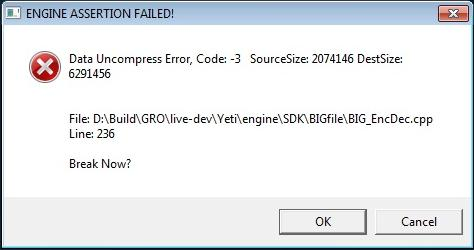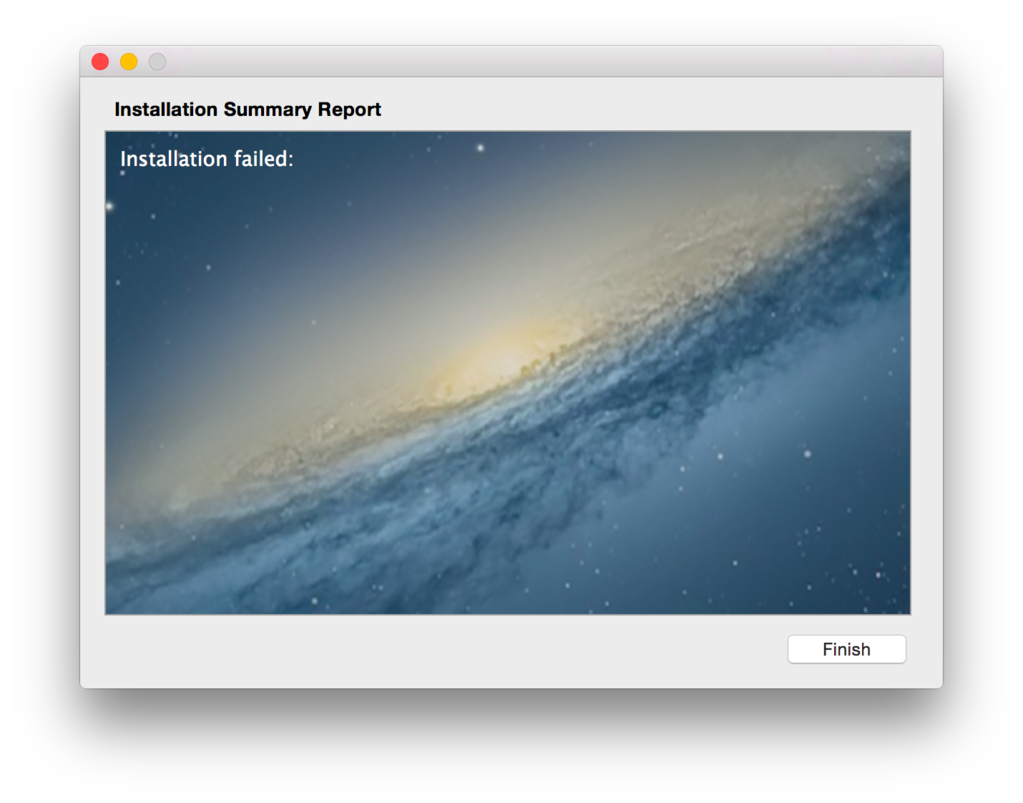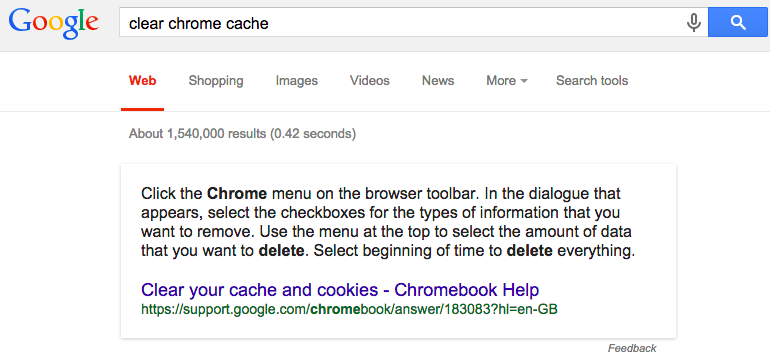Shit happens, products break. The important thing is how you help your customers get past it. Often, the first thing a customer sees when something breaks is an error message. This is why it’s so important to have error messages that help your customers, not annoy them further.
When things go wrong, what customers want is an easy road to resolution. As we’ve pointed out frequently on this blog, 96% of customers who have a high effort experience report being disloyal. Here’s how to make error messages a better part of the customer experience.
Be human
Regardless of the error messages you might be getting server side, your customer doesn’t care about {API disconnection, error 239249.} Instead, translate the system error into words that mean something to humans.


If it’s the right time, humor is a great way to reduce frustration. While a joke on the Microsoft blue screen of death might enrage an already upset user, 404 pages with jokes have become really popular. Besides, all you need to do is hit the back button!
Slack does a great job of delivering error messages. They do it through Slackbot, their friendly robot. The error messages are cute, helpful and easy to understand. Even though he’s a robot, you still enjoy talking to him.

Give them a next step
Great, so you’ve told the user something went wrong – how do they fix it? Giving users a way out of the problem reduces frustration. It funnels them towards a resolution.
A couple weeks ago, I was trying to book a table for brunch through an app on my phone. I was using my UK number, and every time I tried to save, the app refreshed, said Invalid Number and refused to book my table. There was no further explanation – what should the number look like? Do I need punctuation? A country code? Why on earth was this app calling my number invalid?
Instead of telling me how to fix the error, they left me in confusion. I did not end up going to their restaurant for brunch.
Here’s another example of an error that our Product Manager, Dan, ran into the other day:

He got the same result the second and third time of trying to install the new app. So helpful!
To avoid driving your users off your app or website, give them a way to resolve the error. This can be in the form of a suggestion, a link to a knowledge base article or at the bare minimum, they should be directed to contact support for more information.
Google your errors
More people go online for support than ever before. 61% of customers check your website for an answer before contacting you. If you type your errors into Google – what comes up? Is it your documentation with an answer? Or is it a bunch of people complaining?
Make sure that an easy solution ranks on the front page of search results. For example, if you ask Google how to clear cache in chrome, Google pops up a little box explaining the steps. This comes from Google’s Knowledge Graph. It favors articles that are viewed often, well laid out and answers very specific questions. Ideally – this is what you’re aiming for in your help documentation.

Work with your Support team
Error messages should only be a temporary stop gap – errors shouldn’t be legacy features that persist in the user experience indefinitely. Ideally, you want fewer and fewer customers to hit errors.
Customer support teams have a good idea of which errors cause the most frustration or confusion among customers. If the gut check hypothesis can be backed up with tagged ticket data, that is a good clue the root cause of the error needs to be further investigated.
Secondly, sometimes the frequency of errors increases. This could be due to a system change, an update to a related feature or a third party release (Twitter API is notorious for this…). If support tickets are tagged with the relevant error message, it’s easy to see trends over time and jump in if needed.
Conclusion
Above all, just make the error message right for the situation. Think about the information you would need as a user to resolve the issue, and provide it. With a little empathy and some common sense, error messages will become your next great customer experience hack.
If you’d like to read more on error messaging, I’d highly recommend these blog posts:
The 4 H’s of Writing Error Messages – UXmas
10 tips on writing hero worthy error messages – Treehouse
Are you saying No when you could be saying Yes in your Web Forms – UX Magazine


